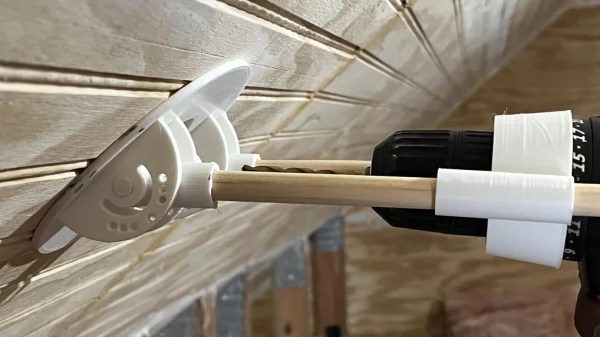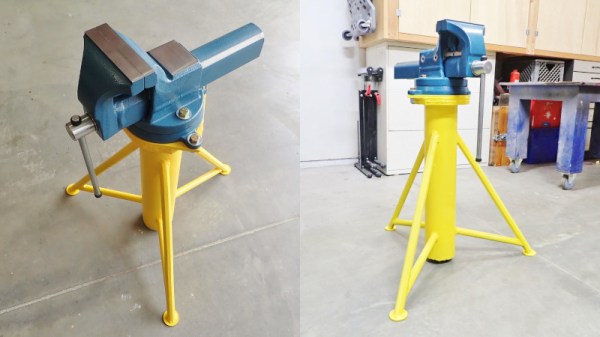Embossed leather belts can be deliciously stylish. However, the tooling for making these fashionable items is not always easy to come by, and it rarely comes cheap. What do we do when a tool is expensive and obscure? We 3D print our own, as [Myth Impressions] demonstrates.
The build is based around a Harbor Freight pipe bender. However, instead of the usual metal tooling, it’s been refitted with a printed embossing ring specifically designed for imprinting leather. The tool features raised ridges in an attractive pattern, and the pipe bender merely serves as a straightforward device for rolling the plastic tooling over a leather belt blank. Once cranked through the machine, the leather belt comes out embossed with a beautiful design.
It’s a neat project, and the 3D printed tooling works surprisingly well. The key is that leather is relatively soft, so it’s possible to use plastic tools quite effectively. With that said, you can even form steel with printed tooling if you use the right techniques.
We’ve seen some other neat leatherworking hacks before, like this nicely-modified Singer sewing machine.
Continue reading “Embossing Leather With A Pipe Bender And 3D Printed Tooling”


















